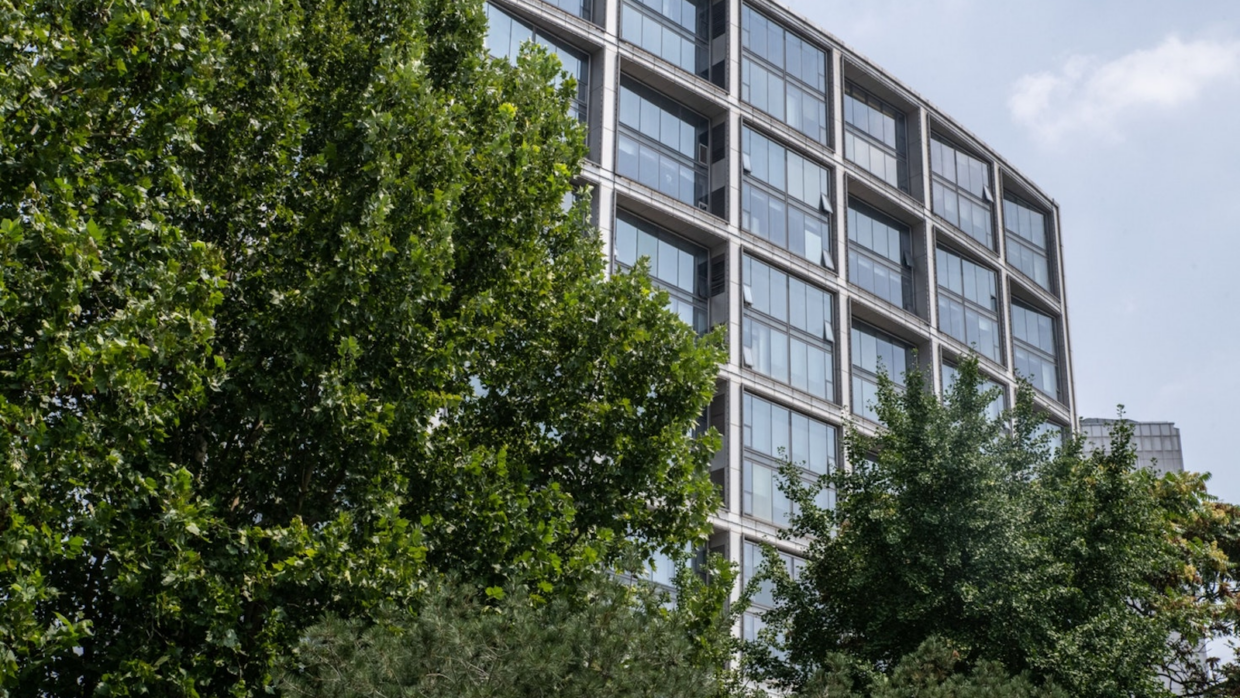This article originally appeared in Jing Finance, a thought-provoking China-focused newsletter spotlighting key business moves and consumer trends shaping financial markets.
Recent news of the default by Zhongzhi Enterprise Group, China’s largest private financial conglomerate with over $508.6 billion in managed assets, has sent shockwaves through the country’s financial industry. Reports indicate that four major wealth management companies under the group — Hengtian Wealth, Xinhu Wealth, Tang Wealth and Gaosheng Wealth — have experienced severe delays in payment for their private equity products.
These fixed-income products involving defaults have minimum subscription amounts starting from $136,700, with maturities ranging from three months to one year, promising yields of 6% to 10%. Rumors circulating online suggest that around 150,000 individuals are affected by this default, amounting to a total of $31.45 billion. If the company were to collapse, the magnitude of funds involved and the number of stakeholders could rival the scale of the Lehman Brothers event during the U.S. subprime crisis.
Founded by Xie Zhikun in 1995, Zhongzhi Group was once a mythical presence in the realm of private capital. This colossal financial empire, spanning finance, investment and wealth management industries, once boasted total assets exceeding trillions. Its financial sector included six licensed financial institutions, five asset management companies and four wealth management companies, collectively controlling shares in 41 listed companies. If finance is a “license business,” Xie’s conglomerate nearly possessed every financial license available.
These licenses not only brought operational revenue and channels for various business segments within the Zhongzhi ecosystem but also expanded the company’s asset base, which includes the four main companies involved in this default scandal. These four wealth management companies mainly catered to high-net-worth clients, marketing funds, insurance and other financial products. Most of these products were developed based on the various financial licenses possessed by the Zhongzhi ecosystem, essentially serving as a fundraising channel created for itself.
As one of the representatives of private capital with a focus on capital operations, Zhongzhi Group extensively employed a “listed company + private equity” business model. Their capital arbitrage strategy fundamentally revolved around “buying low and selling high,” primarily achieved by gaining control over listed companies, feeding them with resources and connections, using financial means to integrate industries, and then generating substantial returns from the flow of resources. Their utilized fund pool model collected funds together and used subsequent capital raised to pay for the maturing products, sort of like the idea of “robbing Peter to pay Paul.”
The capital operations of the Zhongzhi ecosystem can be described as fervent. Leveraging Zhongrong Trust, the four wealth management companies and numerous subsidiary financial license-holding companies, the managed asset scale of the Zhongzhi ecosystem had surged from $23.93 billion to $508.6 billion by 2021. The pace of accumulation was astounding, and their aggressive approach to leveraging in the game of financial leverage has laid the groundwork for the current turmoil.
Although the company founder Xie had realized this risk and attempted to adjust the company’s direction by entering real industries, the multitude and complexity of stakeholders tied to this giant ship made the attempt to transform exceptionally challenging. Furthermore, Xie’s sudden passing in 2021 deprived this behemoth of its helmsman during a crucial time.
After the introduction of the “Asset Management Regulation” in China in 2018, the pace of fundraising through various financial licenses and wealth management companies affiliated with the Zhongzhi ecosystem was severely hampered, rendering their traditional capital methods less effective. In 2021, after the “Three Red Lines” policy was enacted and the pandemic broke out, a downturn in the real estate sector continued expanding. Defaults by numerous real estate enterprises like Evergrande, Kaisa and Tahoe have unquestionably dealt a heavy blow to Zhongrong Trust, the real estate pillar of the Zhongzhi ecosystem.
These companies, which previously received targeted financing, are now deeply entrenched in debt crises, struggling to fulfill even basic obligations, let alone having money to pay back to Zhongzhi.
According to available data, between 2018 and 2022, the Zhongzhi ecosystem had a total of $31.45 billion in wealth management products maturing. The capital pool model, which had previously been effective, is now facing a severe test. The rapid growth, losses in speculative gains, challenging external conditions and restricted financing channels have combined to create an environment in which the previous rapid expansion of the Zhongzhi ecosystem become too huge for Zhongzhi to navigate.
The current economic downturn, coupled with the pressure of concentrated redemption cycles, has escalated the risk, making a timely resolution to the fund pool problem unlikely.
KPMG has initiated an audit of Zhongzhi, but due to the intricate nature of its on- and off-balance sheet assets, this process will require a considerable amount of time. On the other hand, to prevent triggering large-scale social instabilities, the issuance of official announcements regarding delayed payment is certainly held for now.
Reports suggest that Zhongzhi is seeking strategic investors to ensure the preservation and appreciation of assets and prevent them from being sold at undervalued prices. Chinese regulatory authorities have already classified the issue of Zhongzhi as a liquidity risk. This marks the largest liquidity risk event in China’s history, garnering the utmost attention from the upper and lower echelons of governance. Regulatory bodies have designated specialized personnel to coordinate actions, ensuring all repayments will be supervised.




